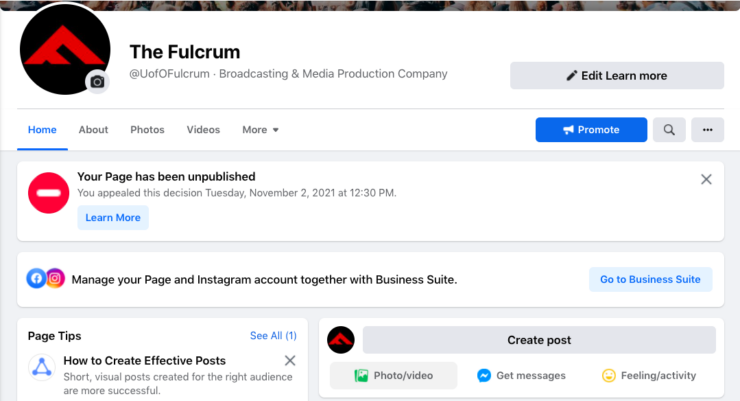Olivier Langlois studies how emojis are changing the ways we communicate
Deciphering text messages can be confusing, but a University of Ottawa student is using his research project to break down the meaning behind communicating using emojis.
Olivier Langlois submitted his master’s thesis on Sept. 19, which showcased how people responded to emojis within text messages.
The idea behind the research came from Langlois’ observations of his surroundings, of how people around him were incorporating emojis in their lives.
“I was noticing in my own communications with some people, that they use a lot of emojis and gradually started to use it less and less,” said Langlois. “I started wondering if that meant that the relationship itself was also deteriorating.”
Langlois says there were some aspects of emojis that were not studied yet, which served as an advantage for him, so he could look “outside the box.”
This curiosity led Langlois deeper into studying the emotions behind emojis that are embedded in meaningful messages. This whole process took about three years, he said, but the surveys that he had research participants fill out were open from May to October 2018.

The research started off with three online surveys. One survey collected users’ reactions to receiving a heartfelt message without emojis.
The second survey asked participants how they felt when they received the same message but with positive emojis, such as a smiley face. This group felt uncomfortable, according to Langlois. And then the third survey looked at negative emojis.
One observation Langlois drew from his research was the fact that the younger people were not so keen on having an older generation use emojis to communicate.
“Some (younger) people even said that they … feel emojis are their domain, and when older generations use them, it’s not as cool,” said Langlois.
The research also looked at who younger users preferred receiving emoji-filled messages from. If a negative emoji came from an authoritative figure, such as a workplace boss, Langlois said it’s perceived differently as opposed to it being received from a younger person.
Langlois says one of the answers he received from his research was that there was a slight disconnect from parents not knowing how to use emojis in the same way their kids do.
“One of the answers that came relatively often was, ‘I don’t like it when my parents text (me) emojis because they don’t know how to use them.’ But the parents, on the other side, don’t understand what it is – it’s a universal language,” said Langlois.
Another finding that Langlois drew from his research was the third most popular emoji on Twitter, which was recycling-bin emoji. Langlois said this emoji is mainly used in the Arabic community, which translates the message of sharing prayer amongst their community.
Despite the fact that emojis are considered a universal language, they can often be misinterpreted, said Langlois. Depending on the background that users may have, it usually determines how well a message is illustrated.
“If you have a different package of experiences and knowledge than I do, we’re going to have more miscommunications,” said Langlois. “If we had very similar backgrounds … we probably have the same understanding of most of them.”
While it can be easier to express emotions with a smiley-face emoji or a winky-face emoji, Langlois explains it should not be a replacement for words, especially if you’ve texted a sincere message to someone.
He said at the end of the day when developing a thesis, look at how it’s of interest to you so that you can also learn from your research.
“But what you learn from doing a thesis is more than just on the subject itself, you learn to research more,” he said. “It’s (also) nice to pick something that means something to you.”
Editor’s Note (31/10/19, 7:38 p.m.): A previous version of this article said Langlois was a PhD student and used a 1-10 rating scale in his study. In fact, Langlois is a master’s student and used the LIKERT scale in his study. This story has been updated to correct these errors. We have also clarified the types of emojis used in his study and the type of reactions they provoked according to their sender and receiver. The Fulcrum regrets these errors.





